I'm new to electronics, so I'm bound to have gotten something wrong.
I'm designing a basic sensor and want it to be powered by USB by default, but use a lithium polymer battery when not connected via USB.
I designed a very basic circuit which uses two enhancement-mode P-channel MOSFETs, with uses fewer parts than most circuits I've found. What am I doing wrong? Below is a picture of my circuit. The grounds of both power sources are connected together, and both MOSFETs have a low VGS threshold.
I'm using a MOSFET as a rectifier. I figured this from here. My main concern is does this circuit prevent power from flowing from USB to the battery?

